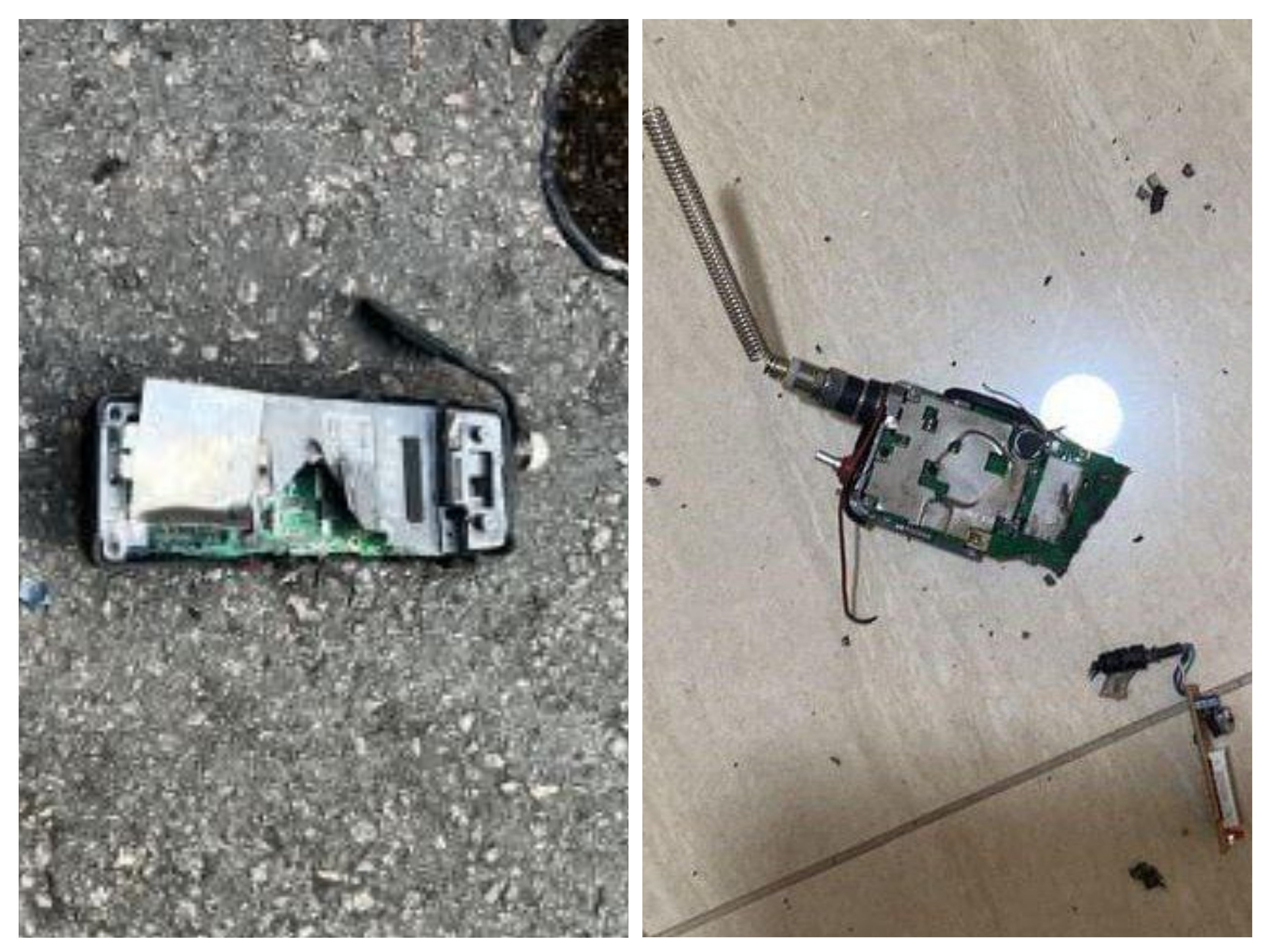Article title updated
Iran’s Ambassador to Lebanon Loses One Eye, Seriously Damages Other in Pager Explosion, New York Times
Mojtaba Amani, according to the publication, is being evacuated to Iran for treatment. It is noted that before the explosion, the pagers emitted a beep, which prompted many to bring the devices to their faces.
The attack was probably carried out by Israeli intelligence services, which planted explosives in about 5,000 pagers, Reuters reports. Of these, about 3,000 exploded. A senior source in Lebanon told the agency that the devices were planted by the Israeli spy service “at the production level.” “The Mossad inserted a circuit board containing explosive material into the device, which receives a code. It is very difficult to detect by any means. Even with any device or scanner,” the source said.
The day before, 4,000 people were injured in Lebanon, 11 of whom were killed as a result of pager explosions. Reuters writes that hundreds of members of the Lebanese armed group Hezbollah, including fighters and medics, were seriously injured due to explosions of pagers, which they use for secret communication.
A second wave of explosions today




If it’s an 18650, which is a pretty common small lithium cell, it looks like it can. Here’s one exploding after being shorted:
https://www.youtube.com/watch?v=iDaPP-dI9dE
That being said:
The cells cannot themselves have current regulation sufficient to avoid a fire or explosion. My vague understanding from past reading is that typically, if you buy an 18650, it’ll have internal regulation, but not all do – it adds to the cost and reduces capacity. But you’d only want an unregulated 18650 if you were putting it in a device that you would trust to regulate the thing. I believe I was reading about it in the past in the context of high-end flashlights that took removable 18650s, was telling people not to try and use unregulated 18650s, as then you’re trusting the flashlight’s firmware to properly limit the discharge rate.
The battery would have to be the first point to go if the external BMS circuitry just let the thing discharge as quickly as possible. Like, if you had small-enough connections or something, I’d imagine that they’d melt first, act like a fuse.
From the video I read above, lithium batteries from reputable manufacturers tend to have blowout holes to prevent exactly this – if the electrolyte starts to boil, then they’ll start venting vapor. They may catch fire from the heat, but it should prevent the pressure buildup from reaching the point where the battery explodes. They say that counterfeit cells may not have vents that work correctly.
So I can believe that there are devices out there at risk. But I would guess that most devices probably aren’t. That is, you could maybe make devices catch fire, and that could be bad if done at mass scale at the same time, but probably most wouldn’t explode.
Even on that above 18650 that exploded, you could see vapor coming out prior to the explosion. According to that video I linked above about exploding lithium batteries, it sounds like the issue is more that on some counterfeits, the pressure release system doesn’t work properly rather than that it doesn’t exist at all – I didn’t quote the text, but they went more into depth on it after the bit I quoted. But I suppose that if there were no presssure release at all, that it could probably get more pressure buildup before exploding.
You’re linking to an EV battery on the idea that a pager would use it?
You mean an 18650? An 18650 is a small cell, in the neighborhood of the size of an AA battery, that is used in all kinds of electronics, including small consumer electronics. They can be used as a basic building unit for larger battery packs – if you take apart a lithium powerstation, you can probably disassemble it and find 18650s. It may be that some EVs build packs from 18650s, and I’m sure that ebikes will, but they aren’t specific to EVs.
You’re right. The article I read had listed typical uses as EVs and personal mobility without saying anything about their size. Looking up actual pager batteries. I do see similar dimensions and similar weight, so it’s plausible they would explode similarly
Honestly, I’m not saying that I’m sure that that’s what it is – I listed both sabotaging equipment before distribution and this. Just that it’s possible to make them explode, and you have the quote from the Lebanese internal security people saying that they were “hacked”, which would indicate that it’d be the battery, because nothing else in a pager can do that. They might be wrong, of course – it just happened and they cannot have had a lot of time to examine them.
I don’t care all that much about sabotaged equipment – my electronics aren’t likely gonna have bombs built into them.
I’m a lot more concerned about the possibility of weaponizing the BMS on devices with lithium batteries. Like, there are a whole lot of those out there, and a whole lot of parties who might want to attack other parties via that route. It’s not an attack vector that I’ve thought much about, but it’s a big enough one that I’m not entirely sanguine about having devices with God knows what security on their BMS floating around.
Plus, the fire factor is honestly pretty bad on its own. Like, the explosion isn’t huge. Whatever the cause, in both the video I linked and the pager explosion video, we aren’t talking about a hand grenade or anything. Would really have to have the device on you for it to likely be a serious problem. But if you have some IoT device somewhere sitting around flammable material unattended, especially if lots of devices go off at the same time so that the fire department cannot respond to any one…shrugs That’s kind of a concerning thought.
If the device in my pocket started smoking like that, I’d throw it away pretty quickly. I suspect these were actual explosives, and there are almost certainly more of them out there.